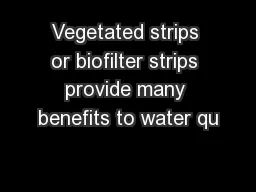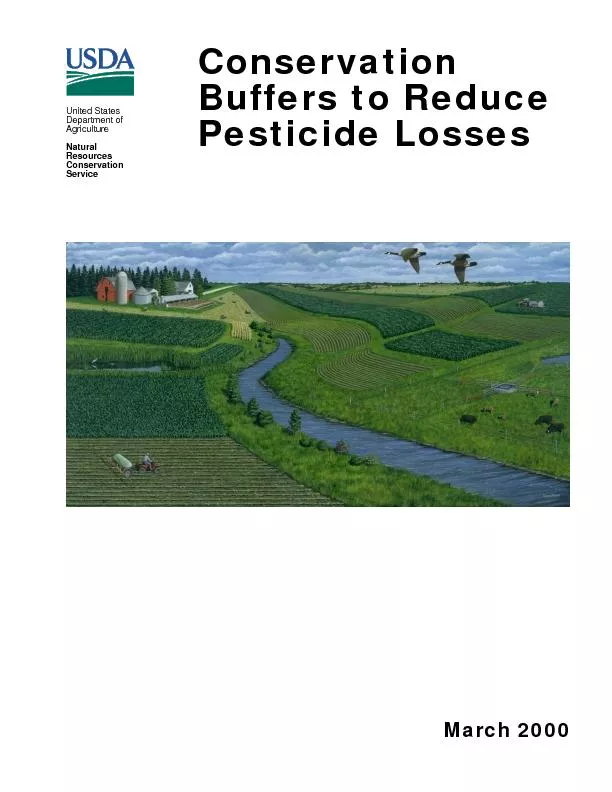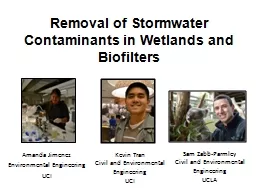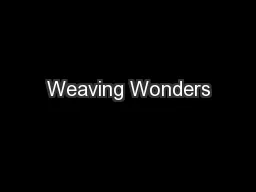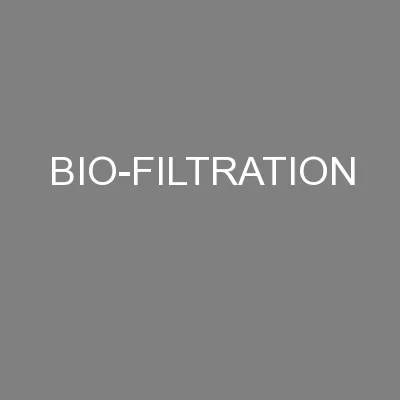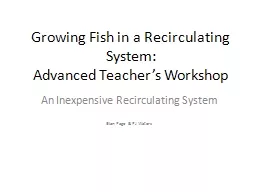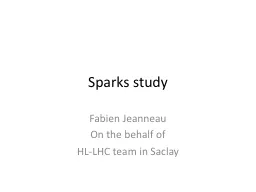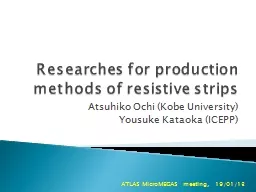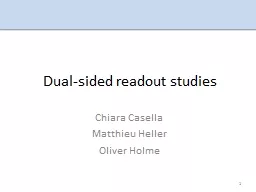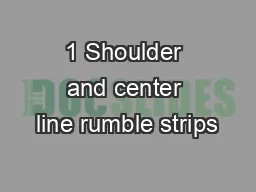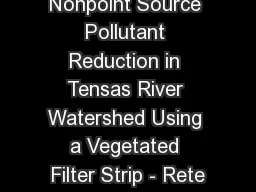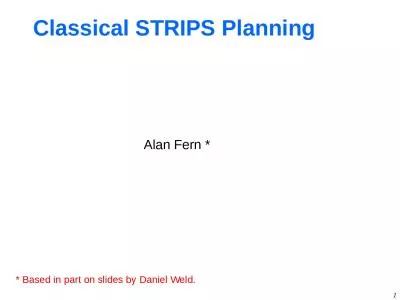PDF-Vegetated strips or biofilter strips provide many benefits to water qu
Author : faustina-dinatale | Published Date : 2015-12-01
161 unless they were part of the routine maintenance ofthat particular area To the maximum extent possibleStorm water was sampled using automatedsampling equipment
Presentation Embed Code
Download Presentation
Download Presentation The PPT/PDF document "Vegetated strips or biofilter strips pro..." is the property of its rightful owner. Permission is granted to download and print the materials on this website for personal, non-commercial use only, and to display it on your personal computer provided you do not modify the materials and that you retain all copyright notices contained in the materials. By downloading content from our website, you accept the terms of this agreement.
Vegetated strips or biofilter strips provide many benefits to water qu: Transcript
Download Rules Of Document
"Vegetated strips or biofilter strips provide many benefits to water qu"The content belongs to its owner. You may download and print it for personal use, without modification, and keep all copyright notices. By downloading, you agree to these terms.
Related Documents

